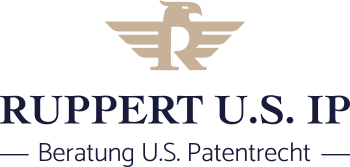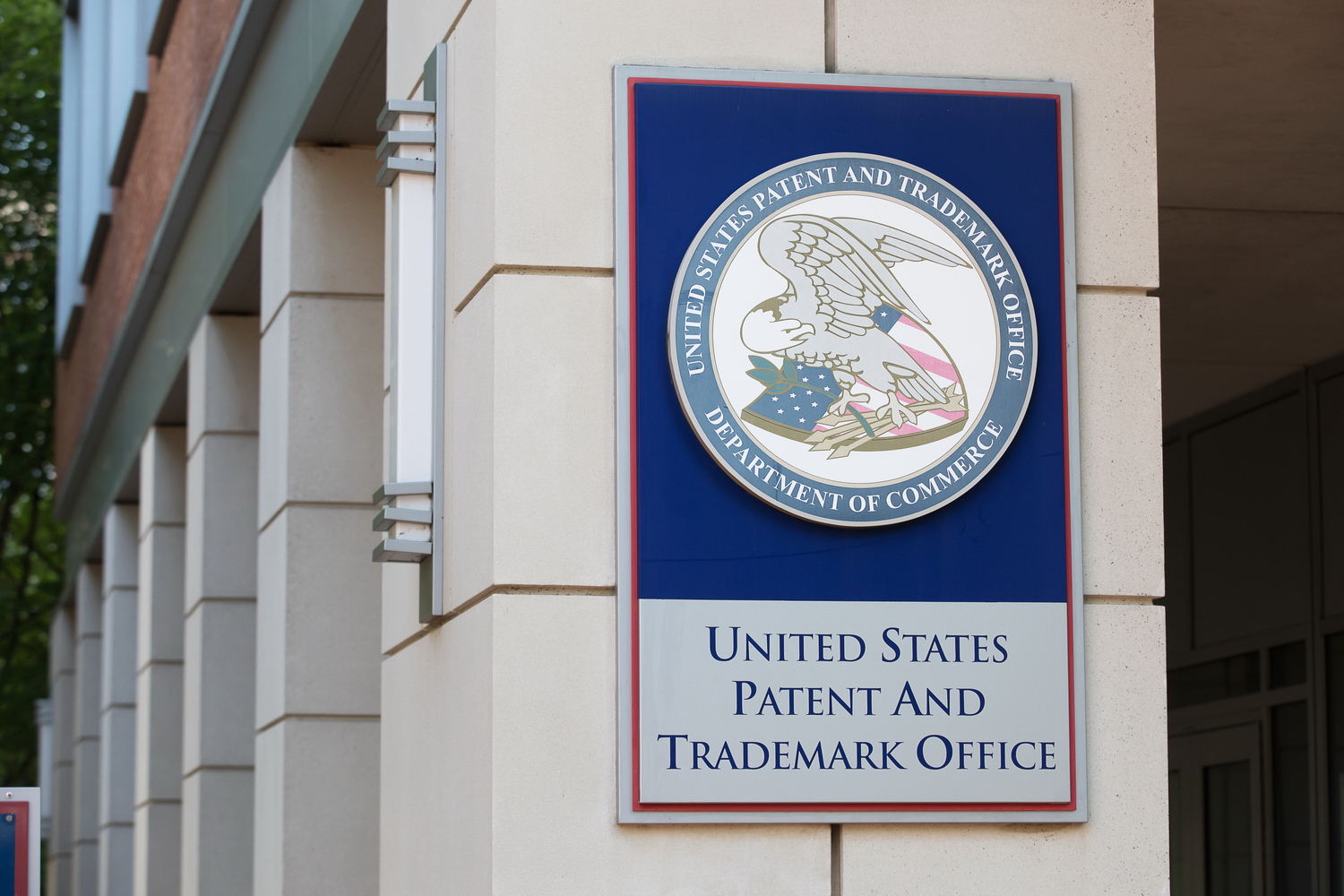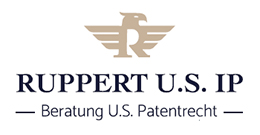U.S. PATENT INTERFERENCE
An interference proceeding is a dispute between a U.S. patent application and either another U.S. patent application or a U.S. patent issued no more than one year earlier. The patent applications or patent involved in this proceeding are characterized by patent claims that are nearly identical, i.e., two parties claim the same invention. Under U.S. Statutes, a patent may be issued only once and to the rightful inventor. An interference proceeding is thus declared to determine which of the parties first invented the jointly claimed invention, because only that party can be granted the corresponding U.S. patent. Once an interference proceeding is proposed by either a patent examiner or by one of the parties, the patent examiner refers the proposed interference proceeding to a special committee in the U.S. Patent and Trademark Office (USPTO). An administrative patent judge initiates the interference proceeding, which is then guided by the committee. What follows can be described as “litigation in the patent office.” This procedure is tightly organized, yet lengthy, costly, and requires specialized knowledge. After several written exchanges and oral hearings, a panel of committee members makes a final judgment on issues of priority and patentability. This judgment can be appealed in a court outside the USPTO.
After the USPTO switched to a “first inventor-to-file” system under the America Invents Act (AIA) of 2013, under which simply the date of the day the patent application was filed determines who made the invention first, interference proceedings are quite rare these days. Yet, they still exist.
If your already filed U.S. patent application is still under examination and is included in an interference proceeding, please contact us. RUPPERT U.S. IP GmbH can also represent you in this USPTO-specific proceeding.
See a list of U.S. patent interference matters in which Dr. Ruppert has been involved.



